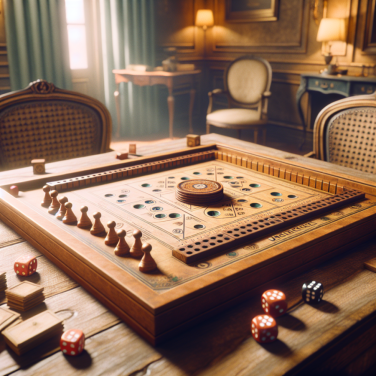Charting the Course: The Pilota Family's Early Aviation Achievements
The Pilota family is synonymous with pioneering achievements in the world of aviation. Their story is not one of mere participation in the industry but of setting benchmarks and charting new courses through the skies. Their legacy is replete with momentous milestones that have cemented their name in the annals of aeronautical history.
One of the earliest achievements of the Pilota family was when they built and successfully flew their own handcrafted airplane in the early 20th century. This was a period when the realm of flight was the new frontier, barely touched and rich with opportunity. The successful flight of their aircraft not only proved their technical prowess but also showcased their unyielding courage to explore the unknown.
During the interwar period, the Pilota family turned their talents to the design of commercial airplanes. They anticipated the explosive growth of passenger travel and positioned themselves as creators of some of the most reliable and comfortable aircraft of the time. Their innovations in cabin design made flying more accessible and enjoyable for early travelers, helping to shape the passenger experience we are accustomed to today.
As the clouds of war gathered once again, the Pilota family took their passion for aviation and directed it towards the war effort. Their designs contributed significantly to the advancements in military aircraft. Their development of a state-of-the-art navigation system allowed pilots to undertake more precise maneuvers, ultimately contributing to the strategic advantage during critical aerial combat.
Post-war achievements for the Pilota family included breaking into the jet age. As the industry transitioned from propeller-driven aircraft to jet engines, the Pilota family was at the forefront, embracing the new technology and contributing to key developments in engine performance, safety, and fuel efficiency. Their work would lay the groundwork for the development of commercial jetliners and set new standards in international air travel.
The Pilota family's work in aviation during these pivotal eras was not only about the technology but also about instilling a culture of constant innovation and the relentless pursuit of excellence. All subsequent generations of the family would come to live by these principles, always pushing the boundaries of what was possible in aeronautics. Through their tireless efforts, they helped to shape the modern aviation landscape, making flight safer, faster, and more accessible to people around the globe.
Their legacy also includes an impressive list of record-breaking flights that pushed the envelope of speed, distance, and altitude. These high-profile achievements brought the family international recognition and underscored their commitment to advancing the capabilities of aircraft.
Read also:
Saddle Up for Fun: The Quirky World of Hobby Horse Polo
Soaring into the Future: How the Pilotas Are Shaping Modern-Day Aviation
The Pilotas have long been synonymous with aerial innovation and excellence, their name etched into the annals of aviation history. As we look to the skies and towards the future, it is evident that this remarkable family continues to play a pivotal role in shaping the ever-evolving landscape of modern-day flight.
Beginning with the family patriarch, Antonio Pilota, a daring test pilot who pushed the limits of early aircraft, the Pilotas established themselves as trendsetters in both piloting techniques and aeronautical engineering. Antonio's fearless approach and relentless pursuit of aviation advancement paved the way for his children and grandchildren to soar even higher.
His son, Carlo Pilota, made significant contributions to commercial aviation. As a visionary airline executive, he implemented safety protocols and crew training programs that have become the gold standard in the industry. His commitment to passenger safety and comfort revolutionized the way airlines operate, influencing cockpit resource management and customer service principles that airlines around the world still use today.
Maria Pilota, Carlo's sister, took a different route as she embraced the field of aerospace engineering. Her work on propulsion systems brought about more efficient and eco-friendly engines, which decreased the carbon footprint of air travel. Maria was at the forefront of experimenting with biofuels and championed the use of sustainable materials in aircraft construction long before 'green aviation' became an industry buzzword.
In the current generation, the youngest Pilotas, Sofia and Marco, are propelling the family legacy into the stratosphere. Sofia, with her sharp acumen for technology, is a leading figure in unmanned aerial vehicles (UAVs). Her contributions to drone technology and their integration into both civilian and commercial airspace has set the stage for a new era in flight, where unmanned crafts are increasingly employed for a variety of purposes, from delivery services to environmental monitoring.
Marco, a pilot like his great-grandfather, has embraced the role of an educator. He is known for his flying school, where he blends traditional piloting skills with cutting-edge simulation technologies. His focus on virtual reality (VR) flight training allows pilots to experience and manage a full range of scenarios, providing an invaluable training tool that enhances safety and preparedness in the cockpit.
United by their ancestors' indomitable spirit, each member of the Pilota family has contributed to the safety, efficiency, and sustainability of aviation. Their combined efforts have yielded safer aircraft, more reliable engines, and groundbreaking approaches to both piloting and training.




